
OR
Nepal: Time Magazine names Burhan Wilderness Camps in Bardiya as one of the world's 100 greatest places in 2024
Published On: July 25, 2024 10:36 PM NPT By: Republica | @RepublicaNepal
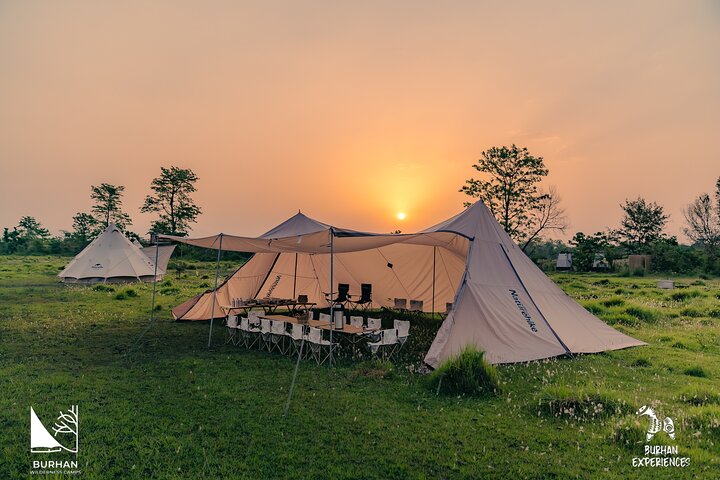
KATHMANDU, July 25: Burhan Wilderness Camps in Bardiya district, Nepal, has been named one of the world's 100 greatest places in 2024 by Time Magazine.
The camp was established by young entrepreneur Manoj Gautam, known for his work in environmental protection, along with his friends Bal K. Joshi and Prabha Gautam. This recognition as one of the 100 extraordinary destinations worldwide highlights the immense potential of Nepali tourism.
In the World's Greatest Places 2024 issue released by Time Magazine on Thursday, author Erin Levi states that Gautam, the former director of the Jane Goodall Institute Nepal, acquired a piece of private land in the Khata Wildlife Corridor to save it from being turned into a casino hotel—and to set an example for a more sustainable future in tourism.
Full Text of the Description Made by Times Magazine
Burhan Wilderness Camps
Bardiya, Nepal
Bardiya National Park, a lush 374-square-mile jungle paradise in the Tarai and a less-crowded alternative to Chitwan National Park, has seen its Royal Bengal tiger population soar to a record-breaking 125 felines over the last decade. Conservationist Manoj Gautam, former director of the Jane Goodall Institute Nepal , acquired a piece of private land in the Khata Wildlife Corridor to save it from being turned into a casino hotel—and to set an example for a more sustainable future in tourism.
Optimally nestled on a peninsula between two channels of the Karnali River, Burhan Wilderness Camps offers visitors bushwalks, canoe trips, wildlife tracking with anti-poaching units, and front-row seats to Asiatic elephants, greater one-horned rhinos, swamp deer, and more without entering the park. (While nothing is guaranteed, Gautam says tiger spotting is highly probable with a three-night stay—and if you don’t see one, you’ll likely hear roaring throughout the night.) Operating in a micro-conservancy style, Burhan prioritizes the protection of animals while minimizing its own ecological footprint.
Aside from one treehouse with solar-powered air conditioning, slated to open after monsoon season, the camp sets up platformed safari tents only when guests are present and serves local, organic food. It also supports indigenous Tharu culture through employment, operating a thatched-roof longhouse for guest experiences in a nearby village and teaching life-saving solutions to human-tiger conflict, ensuring the frontline community also benefits from conservation. “[We want] responsible tourism to flourish in the buffer zone area,” says Gautam, who aims to replicate this model in other remote parks throughout Nepal
You May Like This

Kathmandu Mayor Balen included in Time Magazine's ‘2023 Time 100 Next’ list
KATHMANDU, September 14: Balendra Shah (Balen), the mayor of Kathmandu Metropolitan City (KMC), has achieved global recognition by earning a... Read More...

Joe Biden and Kamala Harris jointly named Time's 'Person of the Year'
NEW YORK, Dec 11: U.S. President-elect Joe Biden and Vice President-elect Kamala Harris were jointly named Time magazine’s 2020 “Person... Read More...

Time Magazine acquired by Marc Benioff and wife Lynne Benioff
"The power of Time has always been in its unique story telling of the people and issues that affect us... Read More...

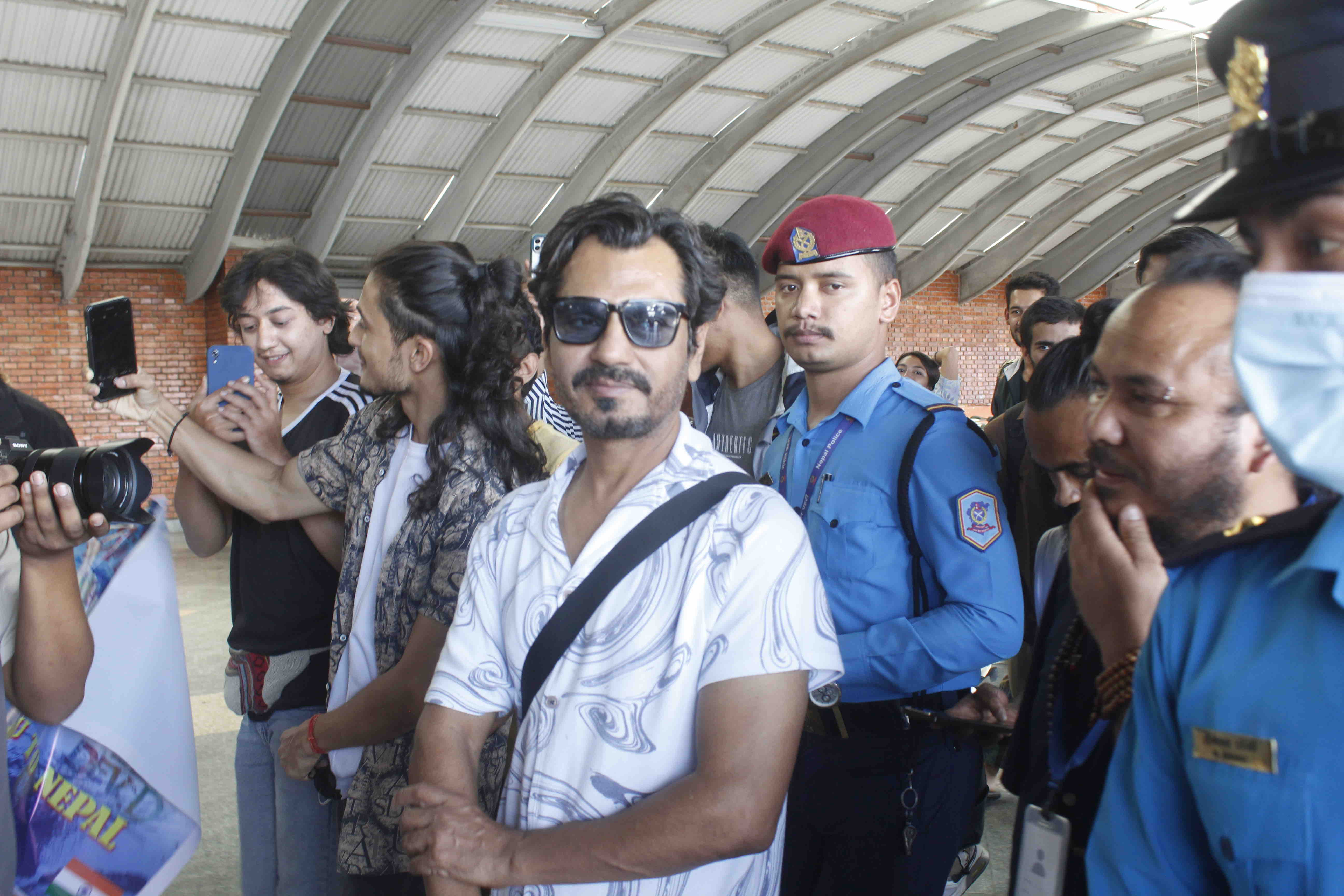

Just In
- No best employee award for eighth consecutive year
- NAC blames govt and CAAN for failure to generate profit
- ‘Bribe-seeking’ DSP Shahi suspected of involvement in terrorist activities
- Foreign companies took over Rs 150 billion in dividends from Nepal in eight years
- PM Oli confers awards on 40 civil servants
- Germany to provide Rs 7.5 billion in grant to Nepal
- PM Oli says no immediate prospects for salary increment for civil servants
- Cyclist dies in motorcycle collision in Nawalparasi








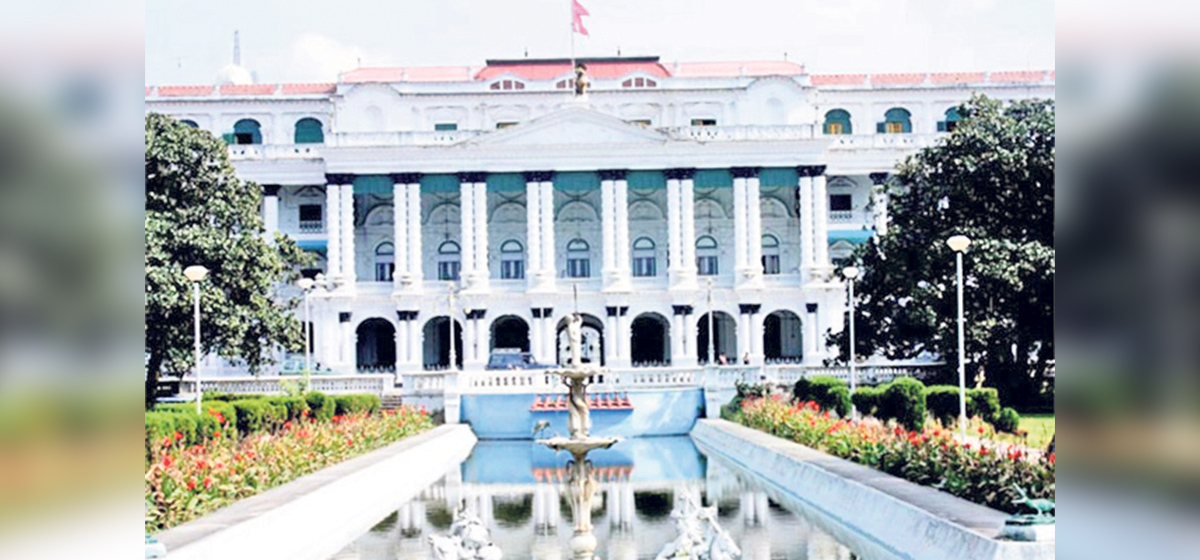
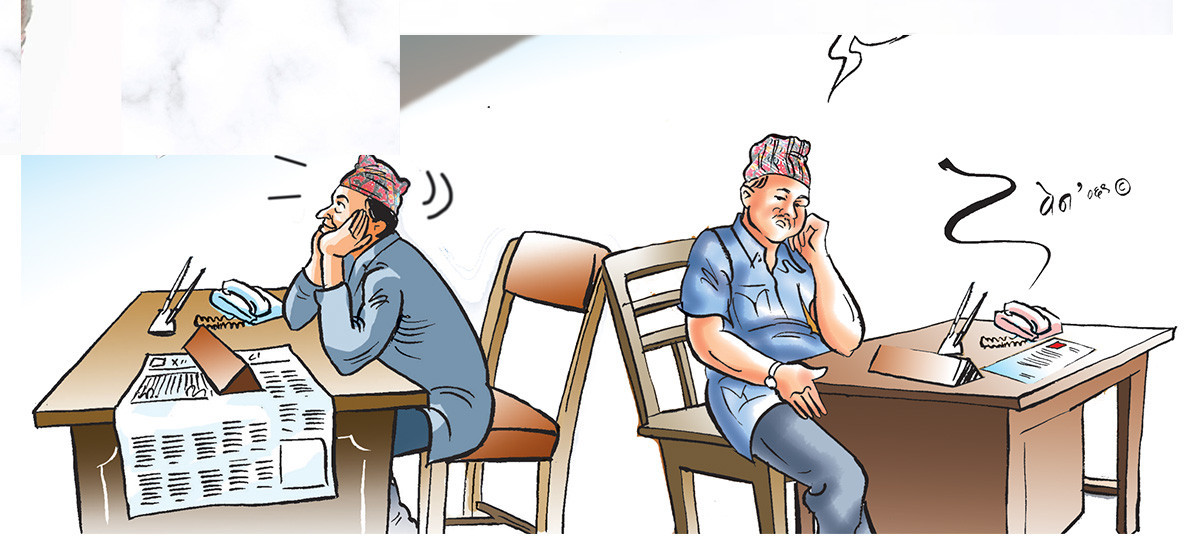



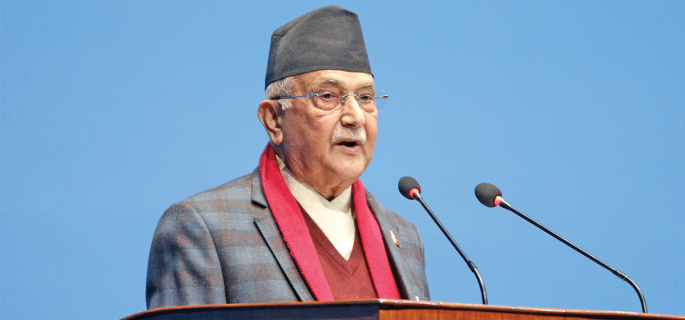

Leave A Comment